Fuel economy is one of the most influential factors in car buying today, especially as gas prices fluctuate and drivers become more environmentally conscious.
The Environmental Protection Agency (EPA) provides a standardized system for measuring a vehicle’s miles per gallon (MPG), giving consumers a benchmark for fuel efficiency.
But while these numbers are useful, they don’t always tell the full story. The truth is that real-world MPG can often differ significantly from EPA ratings, depending on variables like trim level, driving habits, terrain, climate, and vehicle condition.
The EPA uses a carefully controlled test environment to determine MPG estimates. While this process is designed to reflect typical driving scenarios—city stop-and-go, highway cruising, and combined use—it is still conducted under ideal, repeatable conditions.
What this means is that the way a vehicle performs during these lab simulations doesn’t always translate directly to real-world fuel economy, especially once you factor in human behavior, road conditions, and trim-specific equipment.
Some vehicles manage to overachieve, beating their EPA numbers consistently, while others struggle to get anywhere close to the estimates displayed on their window stickers.
What many consumers don’t realize is that MPG can vary significantly between different trims of the same model. For example, base trims often feature smaller wheels, less equipment, and lighter curb weights—factors that contribute to better fuel economy.
On the other hand, higher trims may include larger wheels, turbocharged engines, or all-wheel-drive systems that look attractive on paper but drag down efficiency in everyday driving.
And some hybrid or plug-in hybrid vehicles might post incredible MPGe numbers on paper, but fail to deliver once battery range is depleted or charging habits are inconsistent.
This article breaks down five trims that consistently outperform their EPA ratings and five that fall short, providing an in-depth look at the real-world factors influencing each vehicle’s performance.
These insights are based on a combination of owner reports, professional testing, and automotive engineering principles, rather than anecdotal impressions alone.
While fuel economy can vary depending on how a vehicle is driven, the trims covered here demonstrate strong, repeatable trends that buyers should consider before making a purchase.
It’s worth noting that exceeding or underperforming the EPA rating doesn’t always indicate a vehicle is good or bad, just that expectations should be calibrated. A truck with below-average fuel economy may still be the best in its class for towing and hauling, just as a surprisingly efficient sedan might make certain compromises elsewhere.
Understanding the context behind each vehicle’s real-world MPG is critical, especially in a market where efficiency often trades blows with power, features, and capability.
So, whether you’re a commuter seeking the most economical ride possible or a buyer curious why your brand-new SUV doesn’t live up to the sticker, this breakdown will provide clarity.
Also Read: 5 Cars That Keep Their Cool In Summer And 5 That Turn Into Ovens
5 Trims With Better MPG Than the EPA Rating
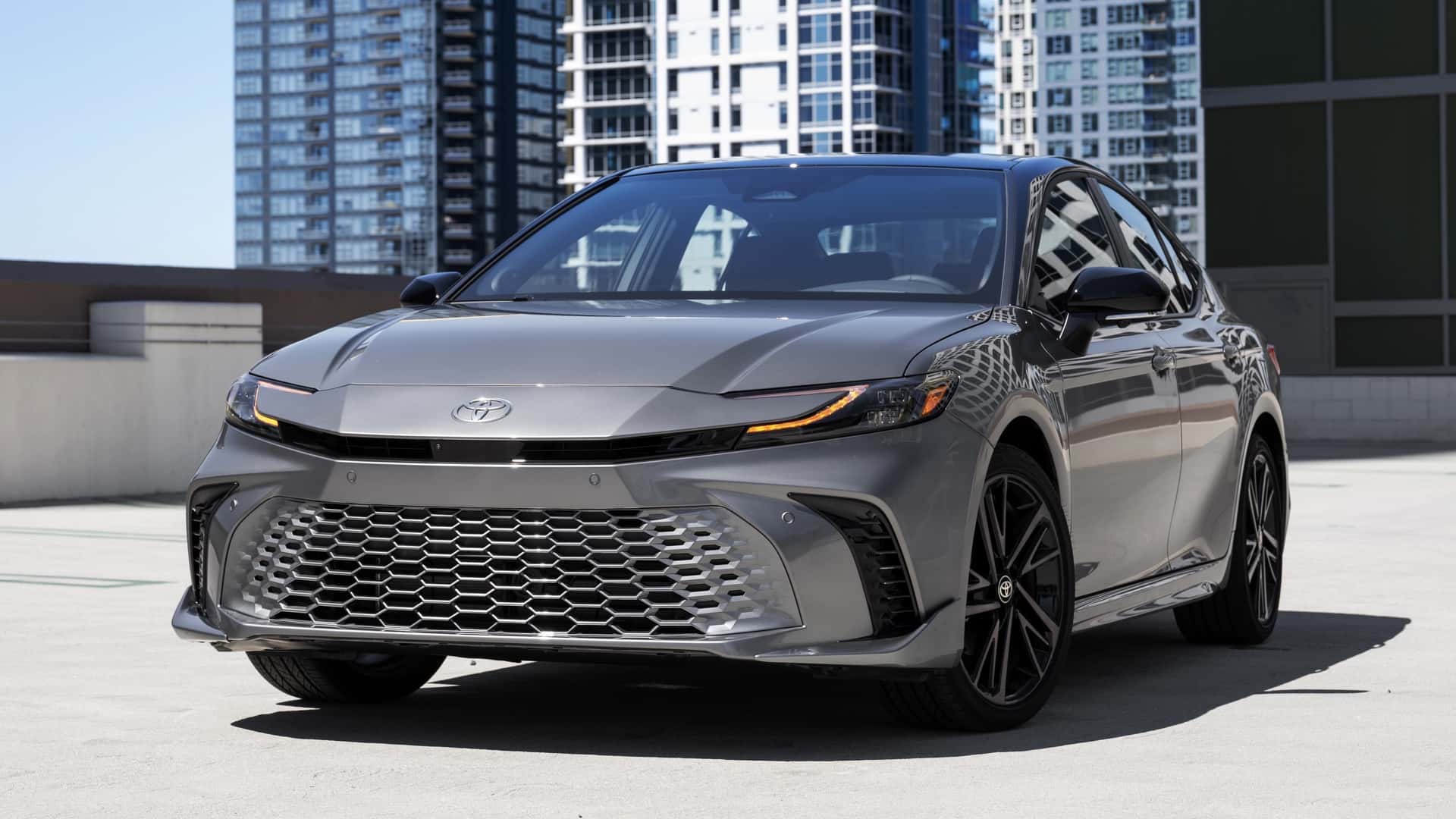
1. Toyota Camry Hybrid LE
The Toyota Camry Hybrid LE isn’t just a reliable midsize sedan—it’s an efficiency overachiever that routinely beats its EPA rating of 51 MPG city and 53 MPG highway in real-world driving.
Unlike most vehicles that merely match or fall short of their EPA estimates, the Camry LE often surprises owners and reviewers alike with fuel economy numbers that creep into the mid-50s or higher.
This remarkable performance is due to several subtle, intelligently engineered factors. First and foremost is the LE’s minimalist trim level—it uses smaller, lighter wheels and fewer high-draw accessories than upper trims like the XLE or XSE. Less weight means the hybrid powertrain doesn’t need to work as hard, especially during acceleration and at lower speeds.
Toyota’s hybrid system is the product of decades of refinement, tracing back to the original Prius. In the Camry Hybrid LE, that pedigree shows. The system makes seamless transitions between gasoline and electric power, prioritizing electric drive in urban environments.
Regenerative braking captures energy more efficiently in this trim due to its relatively lower curb weight, and software tuning in the LE variant is skewed toward conservative, efficient operation. It’s not just how the car is built—it’s how it thinks.
That’s one reason city dwellers and daily commuters rave about the real-world fuel savings they enjoy, often well above what they expected when buying the car.
Another key factor is driver behavior and use case. The LE trim is popular among fleet operators, Uber/Lyft drivers, and fuel-conscious buyers, all of whom tend to drive gently and prioritize economy over performance.
As a result, anecdotal data and owner-reported MPG numbers show consistent overperformance compared to EPA tests, which are based on average driving behavior.
In the hands of someone who understands how to maximize regenerative braking and minimize throttle input, the Camry Hybrid LE turns into a fuel economy superstar. It’s not flashy, it’s not performance-driven—but when it comes to sipping fuel, it punches way above its weight.
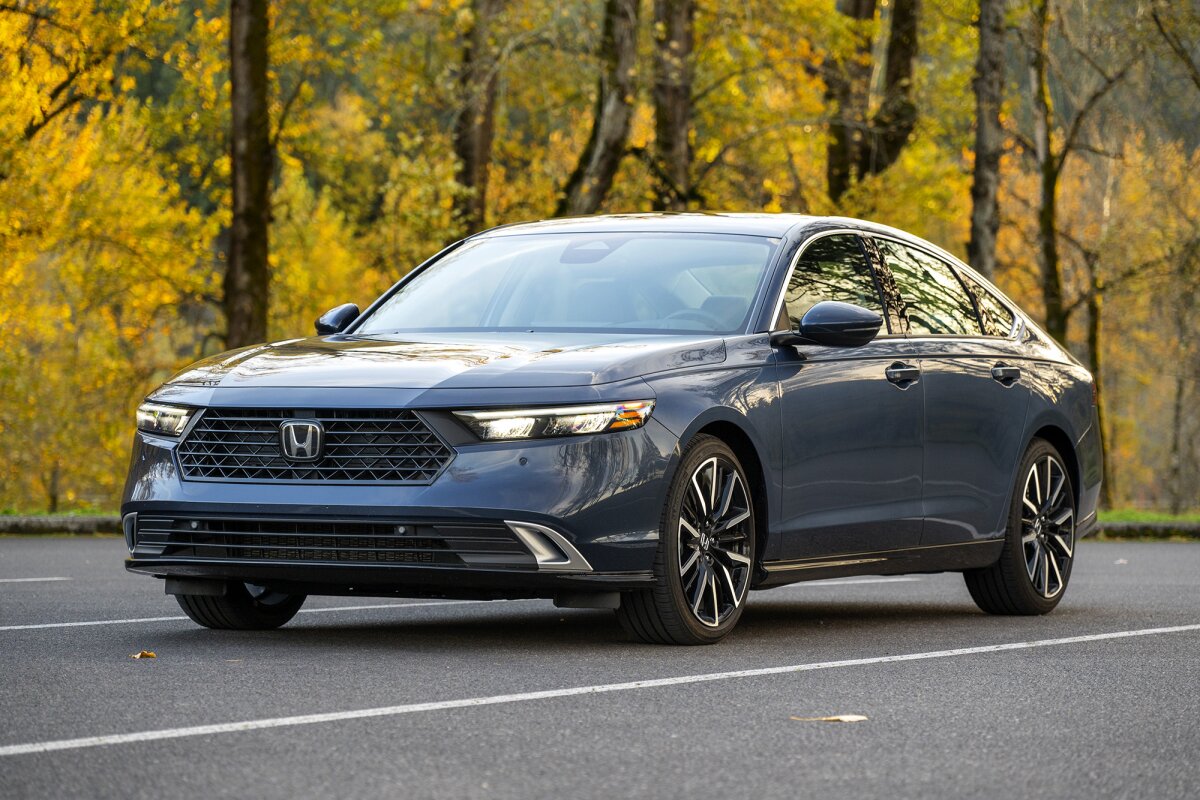
2. Honda Accord Hybrid Sport
The Honda Accord Hybrid Sport stands out in a crowded midsize market not just for its refined design and roomy cabin, but also for its ability to consistently outpace its EPA-estimated fuel economy of 44 MPG city and 41 MPG highway.
The beauty of this vehicle lies in how effortlessly it delivers better-than-expected fuel efficiency, often without the driver even realizing it.
Thanks to Honda’s dual-motor hybrid system, the engine is decoupled from the wheels at lower speeds, allowing the car to operate as a series hybrid. This means electric-only propulsion is used more frequently, especially in slow or stop-and-go traffic where fuel consumption usually spikes.
The Sport trim strikes a crucial balance between features and fuel-saving simplicity. It avoids the heavier luxury add-ons found in higher trims like the Touring while still offering plenty of creature comforts, including upgraded upholstery and a sporty exterior.
It’s relatively lightweight, combined with aerodynamic design and well-calibrated software, allows it to excel in both city and highway scenarios.
In many owner tests and long-term reviews, the Sport trim has returned fuel economy figures in the high 40s and even low 50s under optimal conditions. Unlike many hybrids that require extremely gentle driving to reach such numbers, the Accord Hybrid Sport achieves these figures in normal, everyday driving.
Part of the vehicle’s success lies in Honda’s holistic approach to hybrid integration. The regenerative braking is subtle yet efficient, the power delivery smooth and intuitive, and the transitions between electric and gas power are virtually imperceptible.
Furthermore, the Accord’s low-slung design minimizes drag and wind resistance, a factor often overlooked in fuel economy discussions. It’s a vehicle that rewards thoughtful driving but doesn’t punish spirited drivers, either.
That balance between real-world usability and consistent overperformance makes the Accord Hybrid Sport a compelling option for drivers who want fuel savings without compromising space, comfort, or road presence.
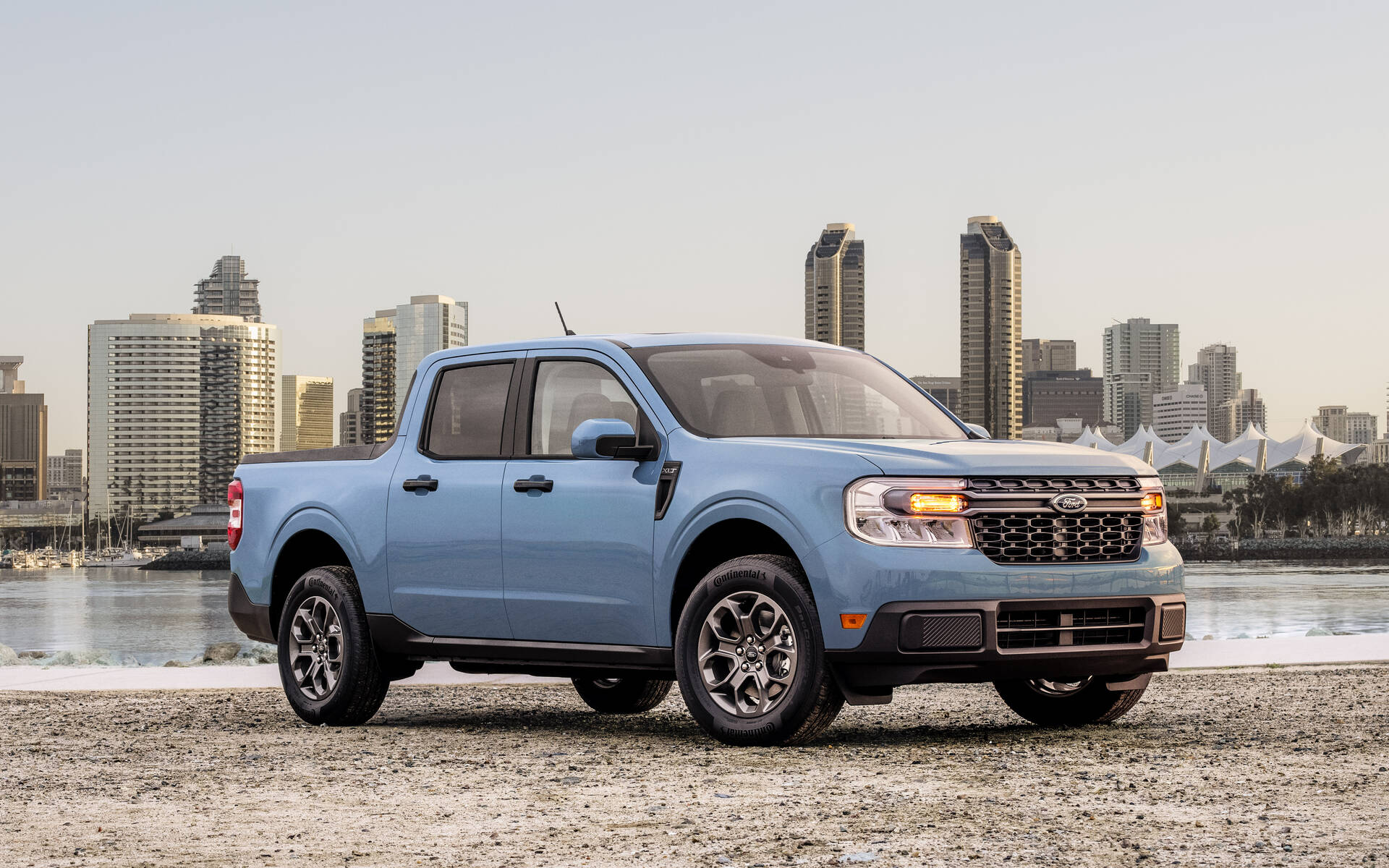
3. Ford Maverick Hybrid
When Ford announced the Maverick Hybrid—a compact pickup with a hybrid powertrain and front-wheel drive—it raised a few eyebrows. Trucks, after all, aren’t exactly known for their fuel economy. But the Maverick Hybrid shattered expectations, offering an EPA-estimated 42 MPG city and 33 MPG highway.
What’s more surprising is how often it exceeds even those impressive numbers. Real-world drivers consistently report averages in the mid-40s and even low 50s under city driving conditions. In a segment where 20 MPG is considered “good,” the Maverick Hybrid turns the traditional perception of pickup trucks on its head.
Much of the credit goes to Ford’s excellent integration of its 2.5-liter Atkinson-cycle engine with an electric motor, designed specifically for low-speed efficiency and light-duty use. Because the Maverick Hybrid is a unibody vehicle rather than a traditional body-on-frame truck, it weighs significantly less than full-size pickups.
This allows the hybrid powertrain to operate in EV mode far more frequently, particularly in traffic or during short commutes.
The regenerative braking system is tuned to maximize energy recovery without being intrusive, and the start-stop transitions are impressively refined for a vehicle in this price bracket. Simply put, it does more with less, and it does so with remarkable consistency.
Another major factor in the Maverick’s overperformance is the profile of its typical owner. Many Maverick Hybrids are used for light-duty commuting, urban errands, or as second vehicles for families, not for towing or hauling. This usage pattern plays perfectly into the hands of its hybrid system.
When the truck isn’t being pushed to its limits, it returns fuel economy figures that would be impressive even for a compact sedan, let alone a utility vehicle.
In this way, the Maverick Hybrid occupies a unique space in the market: it gives buyers a functional, flexible vehicle that behaves like a city car when it comes to fuel consumption. That it often beats its already-impressive EPA rating just makes it all the more appealing.
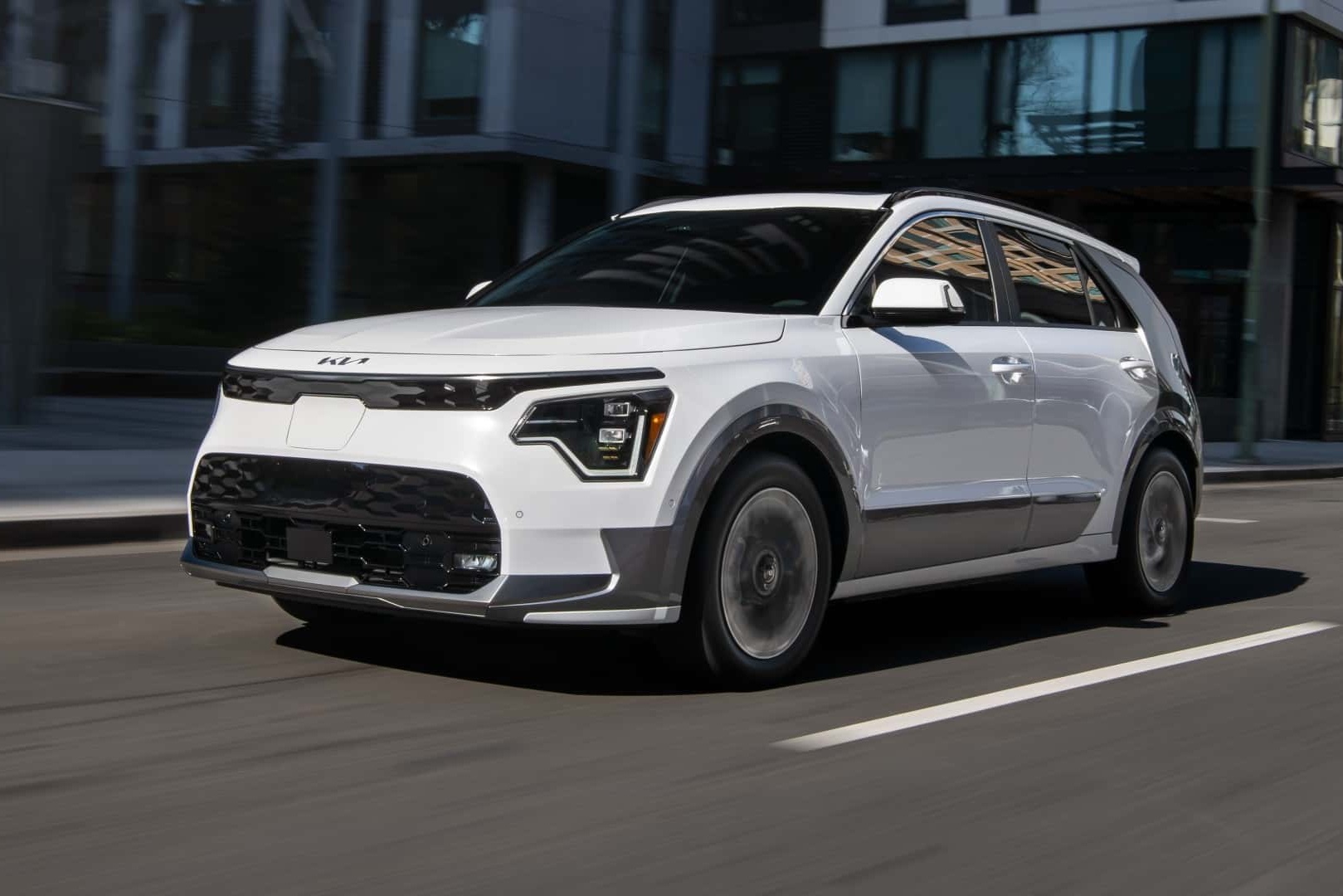
4. Kia Niro Hybrid EX
The Kia Niro Hybrid EX proves that crossovers don’t have to be fuel economy sacrifices. With EPA estimates of around 53 MPG city and 45 MPG highway, it’s already positioned as one of the most efficient vehicles in its class. Yet, this compact crossover often does even better in real-world scenarios.
Owners commonly report mixed driving results in the high 50s and low 60s, particularly those who drive conservatively and prioritize urban over highway mileage. The Niro achieves this through a careful combination of clever hybrid tech, streamlined aerodynamics, and light curb weight.
Unlike many hybrids that rely on continuously variable transmissions (CVTs), the Niro uses a 6-speed dual-clutch automatic transmission.
This setup gives it a more natural driving feel while minimizing energy losses during gear changes. The hybrid system itself is designed to operate in electric mode as often as possible under low-speed conditions.
Regenerative braking is customizable, allowing drivers to increase energy recovery when desired. The Niro also uses narrow, low-resistance tires and has one of the more aerodynamic designs among small crossovers, both of which contribute meaningfully to its real-world MPG superiority.
What’s especially notable about the EX trim is its strategic feature set. It includes desirable safety and tech upgrades—like blind spot monitoring and a larger infotainment screen—but avoids the weight penalties of luxury trims. The result is a well-rounded, highly usable crossover that makes no compromise on efficiency.
For city dwellers or commuters who want a crossover with better fuel economy than many sedans, the Niro EX hits a rare sweet spot.
It outperforms expectations not just because of its technology, but because of a thoughtful, systems-level approach to how every aspect of the car impacts fuel consumption. It’s not the flashiest choice, but for the fuel-conscious, it may be the smartest.

5. Toyota RAV4 Hybrid XLE
The Toyota RAV4 Hybrid XLE is an exemplary case of a mainstream crossover consistently exceeding its EPA rating, which sits at about 41 MPG city and 38 MPG highway. Given the RAV4’s size, cargo space, and standard all-wheel drive, those numbers are already impressive.
But they don’t tell the full story. In mixed-use environments—particularly suburban or light city driving—the RAV4 Hybrid XLE regularly beats those numbers, with many owners reporting averages in the mid-40s. It’s not uncommon for careful drivers to see 45–47 MPG in daily use without hypermiling.
This overperformance stems from Toyota’s advanced hybrid powertrain design, which seamlessly switches between electric and gas operation.
The XLE trim strikes a particularly effective balance of utility and weight: it offers popular features like dual-zone climate control and upgraded safety systems without the additional bulk or oversized wheels found in the Limited or Adventure trims.
As a result, it’s both better-equipped and more efficient than the base LE, which lacks certain optimizations. Its battery placement under the rear seat also contributes to a lower center of gravity and improved weight distribution, which aids in fuel-efficient handling.
Toyota’s software and drivetrain calibration play a huge role as well. The RAV4 Hybrid is tuned to operate in EV mode frequently during low-speed cruising, and its regenerative braking system captures a significant amount of energy during stop-and-go driving.
It’s this kind of technical synergy that enables real-world MPG numbers to climb beyond what EPA testing can simulate.
Add in the typical usage profile—commuting, family errands, highway trips—and it’s clear that the RAV4 Hybrid XLE is engineered to thrive in real-world conditions. For drivers who need versatility but don’t want to sacrifice fuel economy, the RAV4 Hybrid XLE is one of the few vehicles that reliably under-promises and over-deliver.
5 Trims With Worse MPG Than the EPA Rating

1. Mazda CX-5 Turbo
The Mazda CX-5 Turbo is a compact crossover celebrated for its refined handling, premium interior, and punchy 2.5-liter turbocharged engine. With EPA ratings around 22 MPG city and 27 MPG highway, it appears to strike a decent balance between performance and efficiency.
But real-world results paint a different picture. Many drivers report fuel economy averages in the 18–22 MPG range, particularly when commuting in mixed or urban conditions.
The discrepancy is more than a few MPG—it’s a consistent underperformance that challenges Mazda’s advertised balance of sportiness and practicality. The CX-5 Turbo’s powerful engine is a blast to use, but every spirited acceleration pulls fuel economy far below its EPA-rated potential.
One of the primary culprits behind the CX-5 Turbo’s thirst is how its turbocharged engine interacts with real-world driving behaviors. Turbo engines in general tend to use more fuel when driven aggressively or when full torque is accessed—both common scenarios for drivers who buy a vehicle specifically for its more powerful trim.
The EPA testing cycle doesn’t fully replicate the type of throttle-heavy driving these trims encourage. Even in normal conditions, the 2.5T engine leans heavily on fuel to deliver its power, especially in hilly or high-load situations. Add to that the extra weight from all-wheel drive, standard on the Turbo, and the efficiency begins to erode quickly.
Another often-overlooked factor is tire and wheel configuration. The CX-5 Turbo often comes with larger, heavier wheels wrapped in performance-oriented tires—attractive and grippy, yes, but also higher in rolling resistance. The ride is tuned for firmness and road feedback, which enhances the sportiness but does no favors for fuel economy.
Combine all these factors with drivers’ tendency to enjoy the turbo punch (understandably), and you end up with a vehicle that regularly misses its EPA numbers by a margin too significant to ignore.
It remains a joy to drive, no doubt—but fuel efficiency isn’t where it shines, and buyers hoping for EPA-level savings will likely be disappointed.
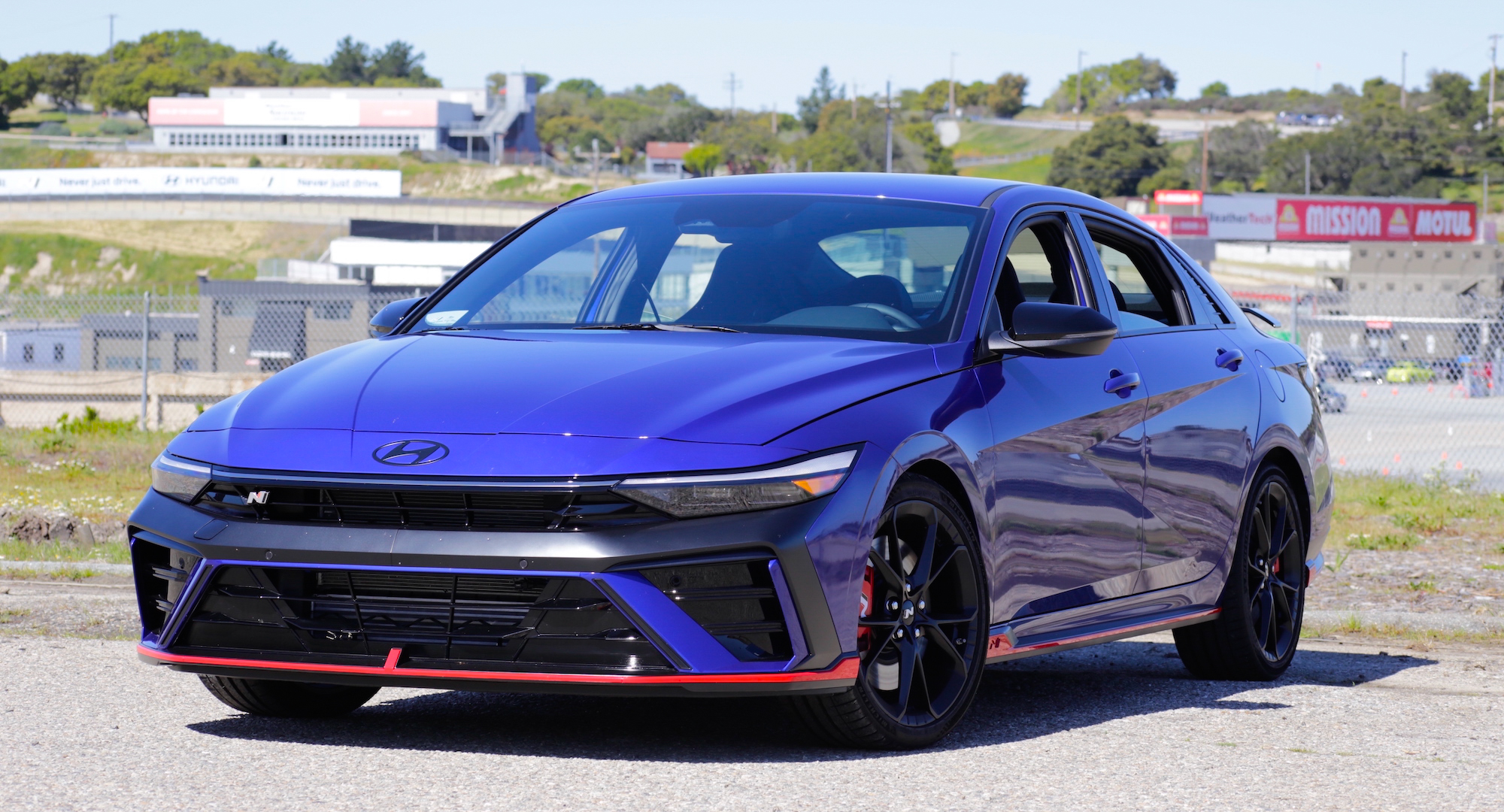
2. Hyundai Elantra SEL
The Hyundai Elantra SEL, sitting in the middle of the trim lineup for Hyundai’s popular compact sedan, carries an EPA estimate of around 31 MPG city and 41 MPG highway.
At first glance, those are highly competitive numbers for a non-hybrid compact car. However, in practice, the SEL trim often falls short of those lofty figures, with drivers reporting mixed results in the mid-to-low 30s.
That might not sound like a major deviation, but for a vehicle whose competitive edge is partly built on high fuel efficiency, it’s a disappointing turn, especially when base trims like the Elantra SE perform better in real-world conditions.
The SEL’s combination of added features and unchanged powertrain leads to efficiency compromises that are subtle on paper but impactful on the road.
Part of the issue lies in the SEL’s equipment upgrades over the base SE. While the drivetrain remains largely the same—a 2.0-liter naturally aspirated engine mated to a continuously variable transmission (CVT)—the SEL adds features like a larger touchscreen, upgraded audio, more sound insulation, and larger wheels.
These additions, while welcome from a comfort and convenience standpoint, increase the car’s weight and affect its aerodynamics.
The 16-inch wheels, in particular, create more rolling resistance than the 15-inch steel wheels of the base SE, contributing to a drag that the modest engine struggles to overcome in stop-and-go conditions.
The CVT, which is designed to enhance efficiency by keeping the engine in its optimal power band, can be hit-or-miss in the real world. In theory, it should allow the Elantra to achieve those impressive MPG numbers, but in practice, it often revs awkwardly or fails to adapt quickly to changes in load, especially when climbing hills or dealing with heavy traffic.
That inefficiency compounds over time, especially for drivers who use the car primarily for short trips or city commutes. While the Elantra SEL remains a solid value proposition, its inability to reliably match EPA estimates may frustrate buyers who prioritize it for fuel economy. In essence, the trim’s added convenience doesn’t come free—it’s paid for at the pump.
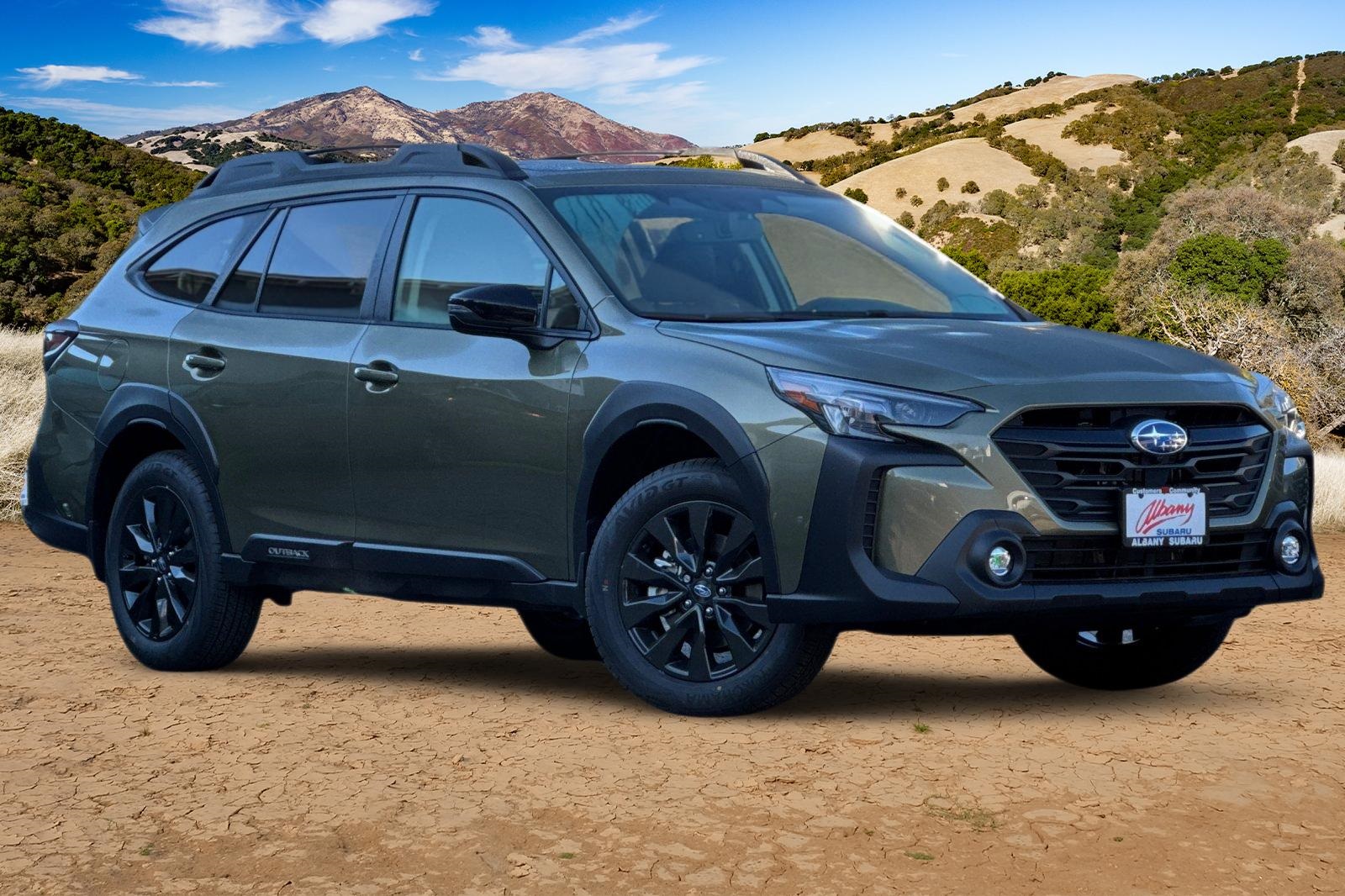
3. Subaru Outback XT – Adventure Comes at a Cost
The Subaru Outback XT, equipped with a turbocharged 2.4-liter engine, promises adventure-ready capability combined with respectable fuel economy: around 23 MPG city and 30 MPG highway, according to the EPA.
Yet owners and reviewers have consistently found that real-world mileage rarely lives up to those figures, especially in urban or mountainous environments.
It’s common to hear Outback XT drivers report fuel economy in the 18–21 MPG range, which is a meaningful drop, especially when compared to the non-turbo models. For a car pitched as a versatile and efficient alternative to larger SUVs, the XT’s fuel thirst can come as an unpleasant surprise.
One of the key reasons for the XT’s underperformance is its drivetrain. The turbocharged engine is designed to deliver torque early and often, providing excellent responsiveness for passing and climbing. However, this also means it runs rich more frequently, consuming more fuel to provide that performance.
The CVT transmission, tuned to work with the turbo engine, doesn’t always help. It tends to hold engine revs longer when more power is needed, keeping the engine in fuel-hungry RPM ranges.
In addition, the XT trim usually comes loaded with features—bigger wheels, heated everything, power everything—all of which add weight and electrical load, reducing efficiency further.
Let’s not forget Subaru’s standard symmetrical all-wheel-drive system, a huge asset in bad weather but an undeniable drag on fuel economy. Unlike part-time AWD systems, Subaru’s full-time setup constantly distributes power to all four wheels, increasing drivetrain losses and making the engine work harder.
When combined with the turbo powerplant, the result is a vehicle that feels strong and capable but also drinks fuel at a rate that undermines its EPA promise. For buyers looking to balance capability and economy, the Outback XT might feel like a compromise that tips a little too far toward performance—and away from efficiency.
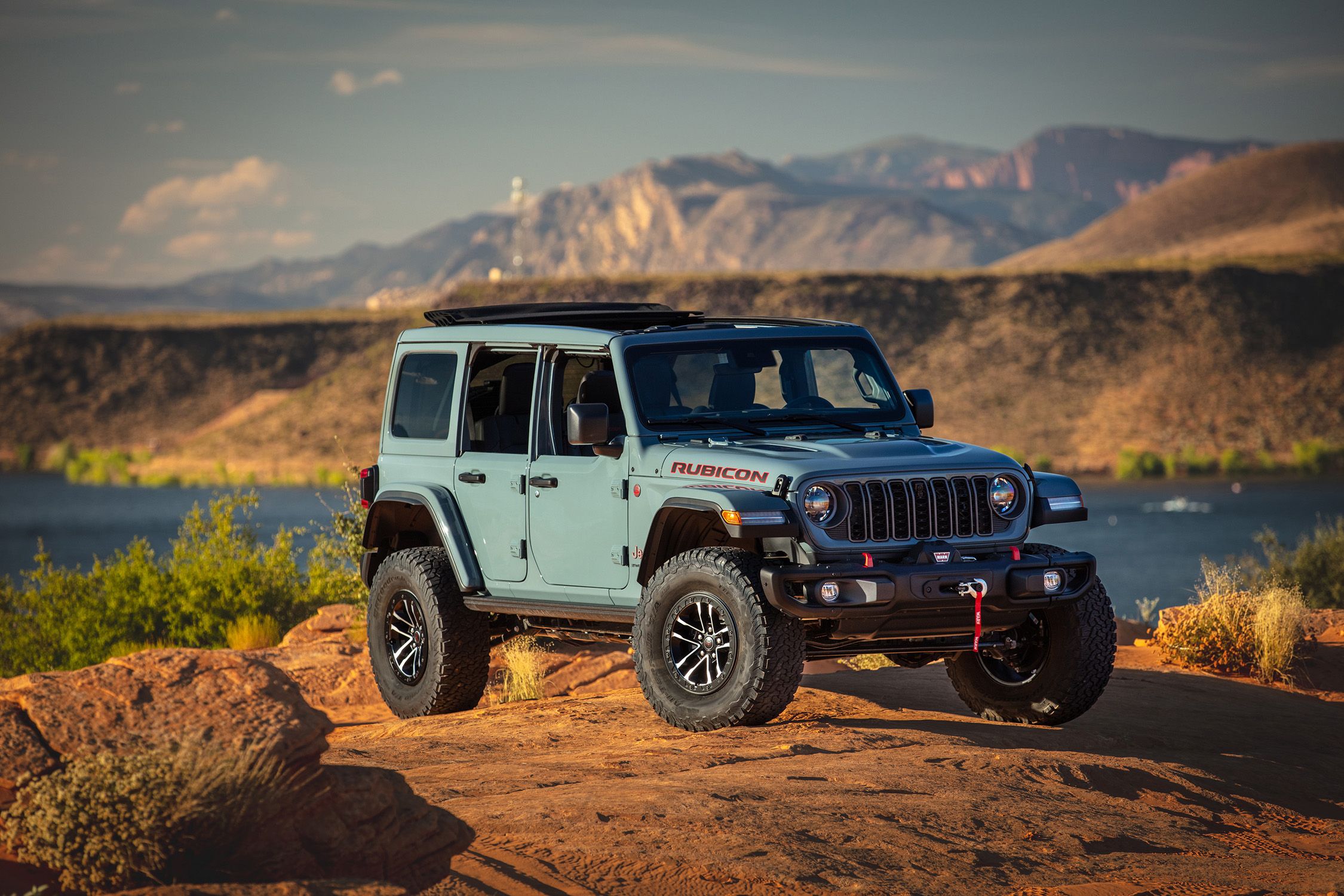
4. Jeep Wrangler Rubicon 4xe
On paper, the Jeep Wrangler Rubicon 4xe looks like a technological marvel. A plug-in hybrid variant of the legendary off-roader, it boasts a staggering EPA-rated 49 MPGe and around 20–22 MPG once the battery is depleted. For eco-conscious adventurers, it sounds too good to be true—and in some ways, it is.
In the real world, the Rubicon 4xe often fails to deliver on its EPA promise, especially once the initial electric range (roughly 20–25 miles) is exhausted. Drivers who don’t plug in regularly or who rely on the vehicle for traditional off-road or highway travel quickly find themselves averaging closer to 17–19 MPG in gasoline mode, far below expectations.
The discrepancy stems from the nature of the plug-in hybrid system and how the EPA calculates MPGe. The Rubicon trim is particularly affected because it includes heavy off-road hardware: beefy tires, rock rails, a disconnecting front sway bar, and a lifted suspension—all of which significantly reduce aerodynamic efficiency and increase rolling resistance.
While these features are fantastic for off-roading, they are detrimental to fuel economy. Once the battery is depleted, the 2.0-liter turbocharged engine must haul a 5,200+ pound SUV through the air, uphill, or through mud conditions where it guzzles fuel at rates worse than many V8s.
In short, the 4xe’s incredible MPGe rating is achievable only under very specific, ideal conditions: short trips with frequent charging and minimal use of the gasoline engine. Outside of that niche, the vehicle’s real-world efficiency plunges.
And while Jeep deserves credit for making a plug-in hybrid Wrangler at all, the Rubicon 4xe’s MPG claims can be misleading for the average buyer.
Those who plan to off-road, tow, or drive long distances without frequent charging opportunities may find the vehicle’s fuel economy to be no better—and often worse—than the standard gas-only Wrangler models. The numbers, unfortunately, just don’t add up when rugged reality sets in.

5. Chevrolet Silverado 1500 5.3L V8
The Chevrolet Silverado 1500 equipped with the 5.3-liter V8 engine is an icon in the full-size truck world. It’s built for durability, towing capacity, and workhorse performance, and its EPA ratings of around 16 MPG city and 21 MPG highway suggest that it manages a reasonable balance between power and fuel economy.
But those figures rarely hold up outside the lab. In real-world conditions—especially with 4WD models, larger tires, and bed loads—many owners report averages closer to 13–16 MPG, and sometimes even worse when towing or driving in hilly areas. It’s a significant shortfall that reflects the inherent trade-offs of hauling around nearly three tons of steel and capability.
One of the primary factors working against the Silverado’s real-world fuel economy is the massive V8 under the hood. While GM’s 5.3L engine includes technologies like cylinder deactivation and direct injection, it still struggles to sip fuel when under load.
These trucks are often used for towing, hauling, or off-road driving—all activities that override cylinder deactivation and place maximum demands on the powertrain. Even unloaded, the Silverado’s tall ride height, bluff front end, and 4WD drivetrain contribute to higher aerodynamic drag and rolling resistance, especially at highway speeds.
Beyond the mechanical aspects, the Silverado’s MPG underperformance is often a result of how the trucks are driven. Buyers who choose the V8 trim typically value power and aren’t afraid to use it.
Rapid acceleration, frequent gear changes under load, and long idling periods at job sites or during warm-ups all contribute to a reduction in real-world efficiency.
Additionally, aftermarket modifications such as lift kits, oversized tires, or roof racks—common among truck enthusiasts—can exacerbate the problem. In essence, the Silverado 5.3L V8 is a classic American workhorse, and it performs admirably in that role.
But buyers expecting to match EPA mileage figures, especially in real-world, utility-focused usage, will likely find themselves making more trips to the pump than they anticipated.
Also Read: 5 Cars That Keep Their Cool In Summer And 5 That Turn Into Ovens
Fuel economy remains one of the most scrutinized metrics in the car-buying process, but as we’ve seen, it’s far from an absolute science. While EPA ratings offer a helpful baseline, they are not guarantees, and they certainly don’t account for how a vehicle will perform once it leaves the controlled lab and hits the open road.
The variation in real-world MPG performance is especially apparent when looking at different trims of the same vehicle, where a few added features or a different drivetrain can lead to substantial differences at the gas pump.
In this article, we explored five trims that routinely exceed their EPA-rated efficiency—models like the Toyota Camry Hybrid LE, Honda Accord Hybrid Sport, and Ford Maverick Hybrid. These vehicles benefit from lightweight trims, intelligently designed hybrid systems, and a driving profile that aligns well with urban or suburban commuting.
They often attract owners who are already fuel-conscious and tend to drive in ways that amplify their strengths. The result is a set of trims that feel even more efficient than advertised, delivering long-term savings and exceeding expectations in everyday use.
On the flip side, we looked at five trims that struggle to meet their EPA ratings, like the Mazda CX-5 Turbo, Subaru Outback XT, and Jeep Wrangler Rubicon 4xe.
These vehicles often fall short because of real-world use cases the EPA doesn’t fully simulate—aggressive driving, off-road capability, towing, or inconsistent charging habits in the case of plug-in hybrids.
In these scenarios, EPA numbers can become more marketing than measurement, leaving buyers frustrated or confused when they don’t see the MPG they were promised.
But the takeaway here isn’t just about numbers—it’s about context. A vehicle’s performance in real-world MPG is the result of a complex interaction between its mechanical design, the specific trim configuration, and how it’s driven. Higher trims often carry more features and capabilities, but those benefits come at a cost in fuel efficiency.
Understanding those trade-offs can help buyers make informed decisions, whether that means choosing a base model for better savings or recognizing that some efficiency sacrifices are necessary for added performance or utility.
Another important lesson is that buyer education matters more than ever in today’s diversified automotive landscape. With choices ranging from traditional gasoline engines to hybrids, plug-in hybrids, and even electric vehicles, it’s easy to be misled by headline numbers.
For buyers serious about efficiency, digging into real-world performance—by reading owner forums, checking fuel economy tracking apps, or understanding the mechanical differences between trims—can provide more insight than any EPA label.
In the end, fuel economy is just one part of the larger ownership experience, but it hits home every time you stop to refuel.
By choosing trims that align with your actual driving habits and understanding how real-world conditions affect MPG, you can avoid surprises and get the most out of your vehicle, whether that means stretching your fuel budget or simply living with realistic expectations. And as this article has shown, not all trims are created equal when it comes to efficiency—sometimes, the devil is in the drivetrain.
